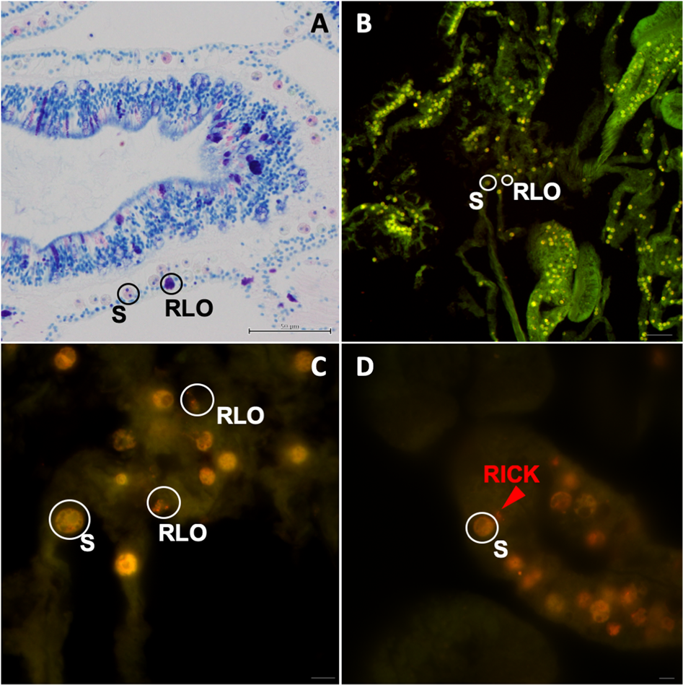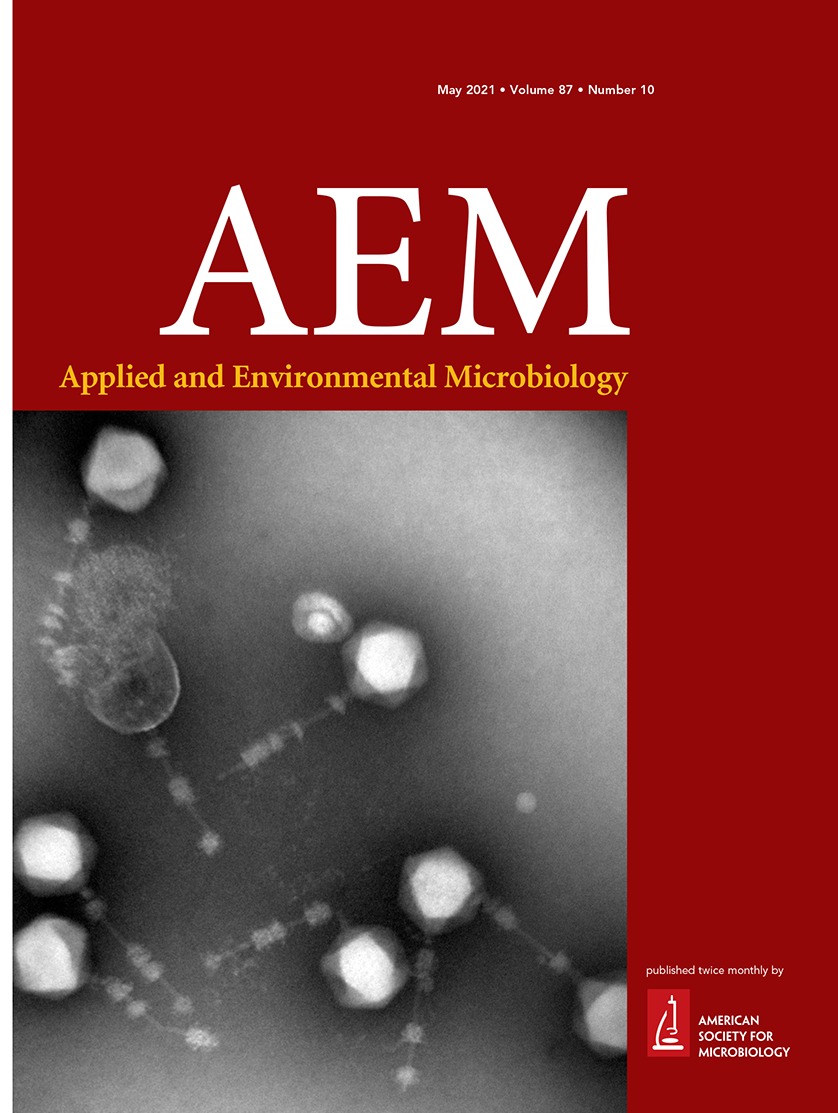- Joined
- Oct 15, 2019
- Messages
- 383
- Reaction score
- 1,600
Hi everyone,
I'm posting to bring to your attention a fairly recent set of discoveries about a widespread coral pathogen.
This pathogen lives inside coral tissues, affects many species in the hobby, and causes diseases and reduced growth. The parasite can be transmitted by snail vectors and through the water. It occurs in about a third of corals in nature, and also occurs in hobbyist tanks.
I'm posting this here because it affects SPS and I think readers of this forum may be especially interested. [This came up in a discussion in another thread, and motivated me to do some additional reading about these recent discoveries. (thanks @reefwiser for first bringing this one to my attention, it has led to a lot of fun new reading.) ]
--
Microbiologists have recently discovered a parasitic bacterium that infects corals and other invertebrates. This is a member of the order Rickettsiales, most of which are parasites that can only survive inside the cells of their hosts. The order includes Wolbachia (a group of bacteria that occurs in the cells of most insects and nematodes) and several pathogens of human and livestock.
They've recently named this bacterium Aquarickettsia rohweri. Here I will summarize a few relevant facts about this recently described parasite that may interest keepers of SPS and other corals. There is obviously a lot that is still unknown about this bug, but here is what the research shows so far:
Klinges et al. 2019 , Zaneveld et al. 2016 , Gignoux-Wolfsohn et al. 2012
Finally, is any of this relevant for us in the hobby? Well, I recently analyzed the microbiome of twenty hobbyist aquariums using similar methods as described in the 2016 reference above, and found this bacterium in 10% of tanks. Twenty aquariums is a small sample, but as the samples keep coming in we will learn more about its prevalence across hobbyist and aquaculture tanks. I don't think we've seen the last of it.
--
I speculate that this parasite which is so common in nature may contribute to the challenges of keeping freshly imported wild Acropora colonies.
And I wonder about possible treatments. Other members of the Rickettsiales respond well to some of the antibiotics marketed for managing fish diseases... I wouldnt want to treat every coral, but if I knew I had an infected coral I'd sure like to try it...
I'll be curious to hear your thoughts!
I'm posting to bring to your attention a fairly recent set of discoveries about a widespread coral pathogen.
This pathogen lives inside coral tissues, affects many species in the hobby, and causes diseases and reduced growth. The parasite can be transmitted by snail vectors and through the water. It occurs in about a third of corals in nature, and also occurs in hobbyist tanks.
I'm posting this here because it affects SPS and I think readers of this forum may be especially interested. [This came up in a discussion in another thread, and motivated me to do some additional reading about these recent discoveries. (thanks @reefwiser for first bringing this one to my attention, it has led to a lot of fun new reading.) ]
--
Microbiologists have recently discovered a parasitic bacterium that infects corals and other invertebrates. This is a member of the order Rickettsiales, most of which are parasites that can only survive inside the cells of their hosts. The order includes Wolbachia (a group of bacteria that occurs in the cells of most insects and nematodes) and several pathogens of human and livestock.
They've recently named this bacterium Aquarickettsia rohweri. Here I will summarize a few relevant facts about this recently described parasite that may interest keepers of SPS and other corals. There is obviously a lot that is still unknown about this bug, but here is what the research shows so far:
- It occurs in about 1/3 of wild corals sampled worldwide.
- It occurs in many genera that we keep as hobbyists, including Acropora, Montipora, Seriatopora, Stylophora, and Goniopora.
- It also occurs in anemones (including Aiptasia, as if you needed another reason to hate Aiptasia!) and Palythoa
- It causes White Band Disease in Acropora cervicornis.
- The pathogen can be transmitted by coral-eating snails, which also serve as a reservoir for the bacterium.
- The pathogen can also be transmitted through the water to injured corals. As someone who frags corals, this caught my attention.
- (Most interestingly of all) the parasite normally makes up a small part of infected corals' microbiomes, but nitrate enrichment leads to a bloom of A. rohweri and impaired coral growth in infected corals.
- Researchers hypothesize it directly steals ATP and amino acids from the host cells, sapping the host's energy.
Klinges et al. 2019 , Zaneveld et al. 2016 , Gignoux-Wolfsohn et al. 2012
Finally, is any of this relevant for us in the hobby? Well, I recently analyzed the microbiome of twenty hobbyist aquariums using similar methods as described in the 2016 reference above, and found this bacterium in 10% of tanks. Twenty aquariums is a small sample, but as the samples keep coming in we will learn more about its prevalence across hobbyist and aquaculture tanks. I don't think we've seen the last of it.
--
I speculate that this parasite which is so common in nature may contribute to the challenges of keeping freshly imported wild Acropora colonies.
And I wonder about possible treatments. Other members of the Rickettsiales respond well to some of the antibiotics marketed for managing fish diseases... I wouldnt want to treat every coral, but if I knew I had an infected coral I'd sure like to try it...
I'll be curious to hear your thoughts!





















